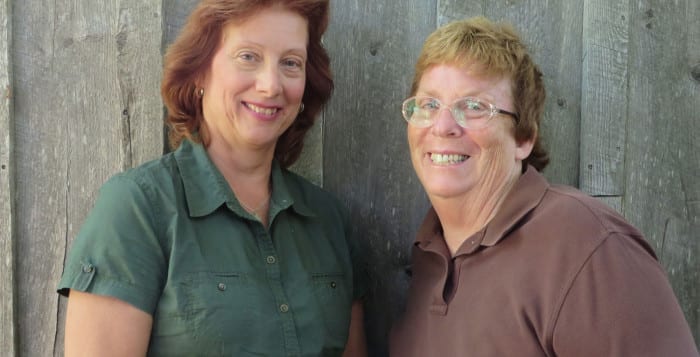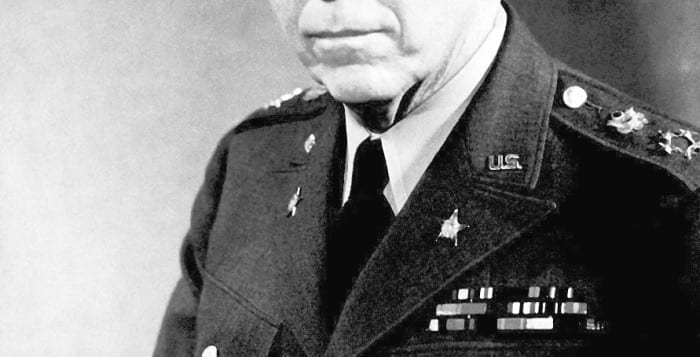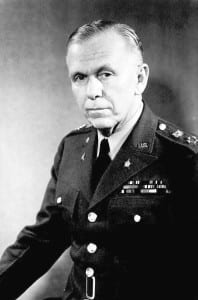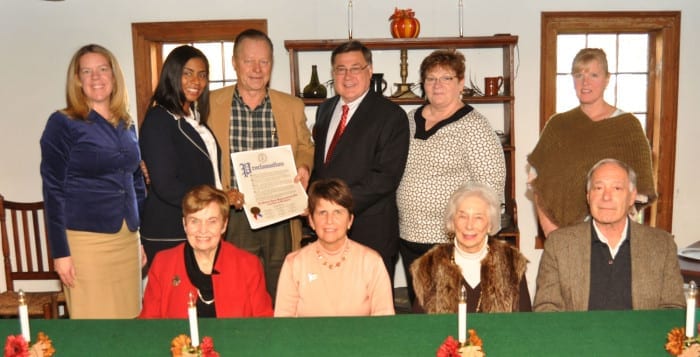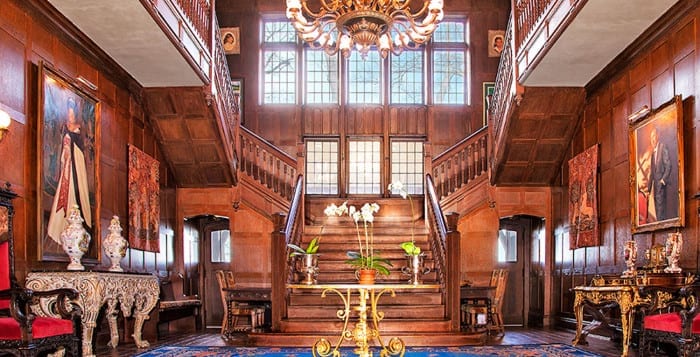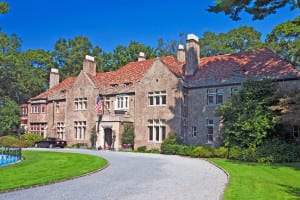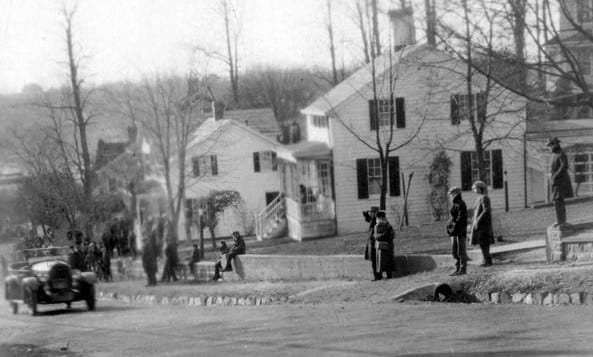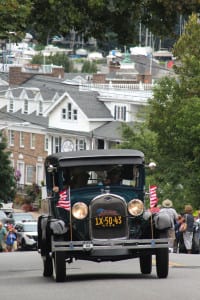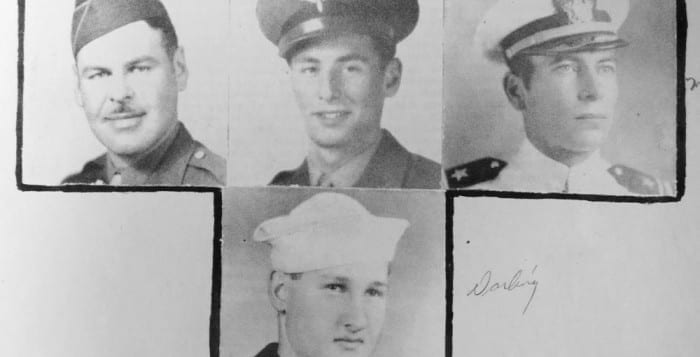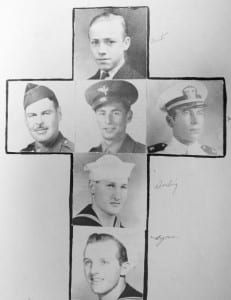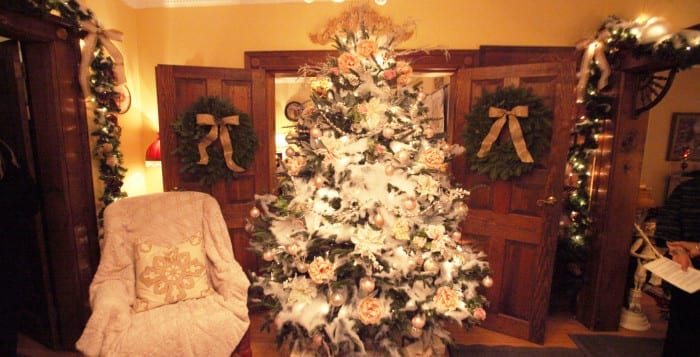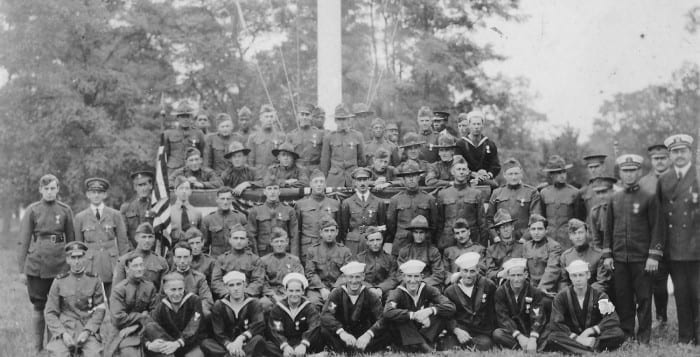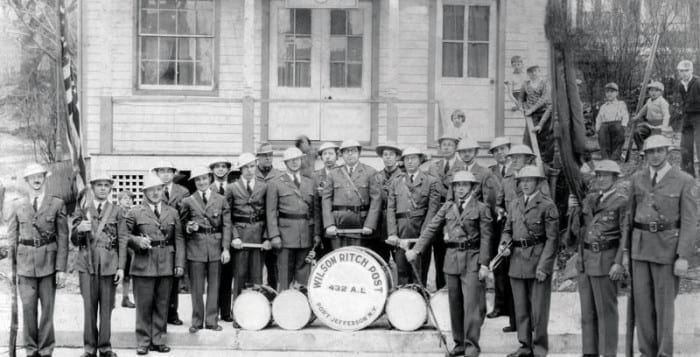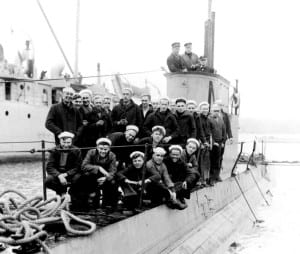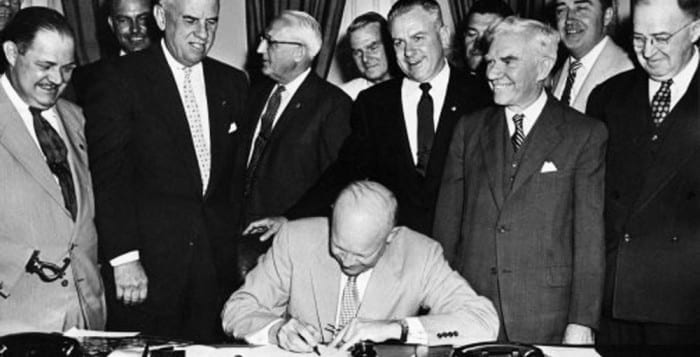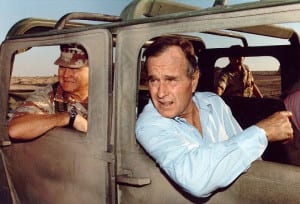“I am one of those believers that if you don’t know your history, your life is not complete,” Miller Place-Mount Sinai Historical Society Archivist Edna Davis Giffen said. “I believe that you need to not just look forward, but you need to look backward to appreciate what was done before, so that you can carry on into the future.”
That’s why she and Mount Sinai Civic Association President Ann Becker decided to collaborate on a single book about the history of the neighboring hamlets that would serve as a continuation of both of the individual books they each previously published.
Becker published a book on the history of Mount Sinai in 2003, while Giffen completed one on Miller Place in 2010. Their latest effort is called “Miller Place and Mount Sinai Through Time” and was released in November.
“I’ve always had a love of history, especially local history,” Becker said. “There wasn’t a lot available for young students to learn about their local community, and the books were provided for the curriculum to look at the documented history of our community and help people understand the rich history here.”
Becker, who received a doctorate in American history from Stony Brook University, is a Long Island history professor at Empire State College who has lived in Mount Sinai since 1982, and has been a member of the civic on and off since 1984, becoming its president four years ago. She was involved in the creation of the Heritage Trust board that was instrumental in creating Mount Sinai Heritage Park.
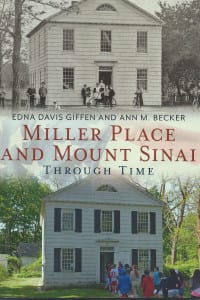
“I love local history,” she said. “History has always been important to me. It’s nice for people to realize that there are dedicated volunteers working hard presently to maintain the quality of life here.”
Community members like Brad Arrington, the civic vice president and corresponding secretary, have noticed Becker’s passion.
“She’s very civic-oriented and I think that’s not a term that people really use or appreciate anymore, in the sense that she really wants to do the best she can for the Mount Sinai community,” he said. “All the work she does, including the book, shows how much she cares about the community and how much she wants to help preserve our heritage.”
He said being civic-minded shapes how she addresses local problems and informs her opinions about the future growth and development of the town.
“I think the book is wonderful,” he said. “I think particularly for folks that might not have lived in Mount Sinai for decades to see the character of Mount Sinai. It also helps show people what’s left from the past and can help galvanize community members to help preserve those pieces of history that remain in our community.”
Giffen, who is a 12th-generation Miller Place resident now living in Mount Sinai, has been a member of the historical society since 1980 and became president when the restoration of the William Miller House was first beginning in that decade.
“I enjoy being part of the history,” she said. “We’ve developed so much since the 1960s that people don’t realize how much country there was here.”
Sharing this information with residents was something that drove her to work on her books.
“It needed to be done,” she said. “Lots of people don’t know what this place was like before the major settlement. I thought it was quite interesting working on the books, because when you see [the area] every day, you don’t pay attention to how much has changed.”
Becker said with the new book, the idea is to have an old picture and a new one side-by-side, to compare what the area used to look like and what it is now.
“We had fun taking the pictures to compare to the old ones that we had in the archives,” Becker said. “It’s a new look at Mount Sinai and Miller Place through time. It gives you that historical context, but it’s bringing us up to modern time. We thought it was important for the community to understand that being involved can have some really good results.”
The two authors received information and pictures from various people to help construct the book and Ann Donato, who has been on the historical society board for 15 years, said the book holds substantial importance.
“This area is so rich in history, going back pre-Revolutionary War,” she said. “We really need to let people know our past so we can understand the present and also the travels that we have taken as a nation.”
She believes Giffen is important to the community as well.
“Edna is so knowledgeable,” she said. “If anyone ever calls me with a question about the area or about a house, Edna has it at the tip of her fingertips. Edna is a treasure to our society.”
Although the two are experts and important in preserving and spreading the history of the area, they do it simply because they believe it’s vital.
“People should know about where they live,” Giffen said. “Everything in the future is based on the past.”

